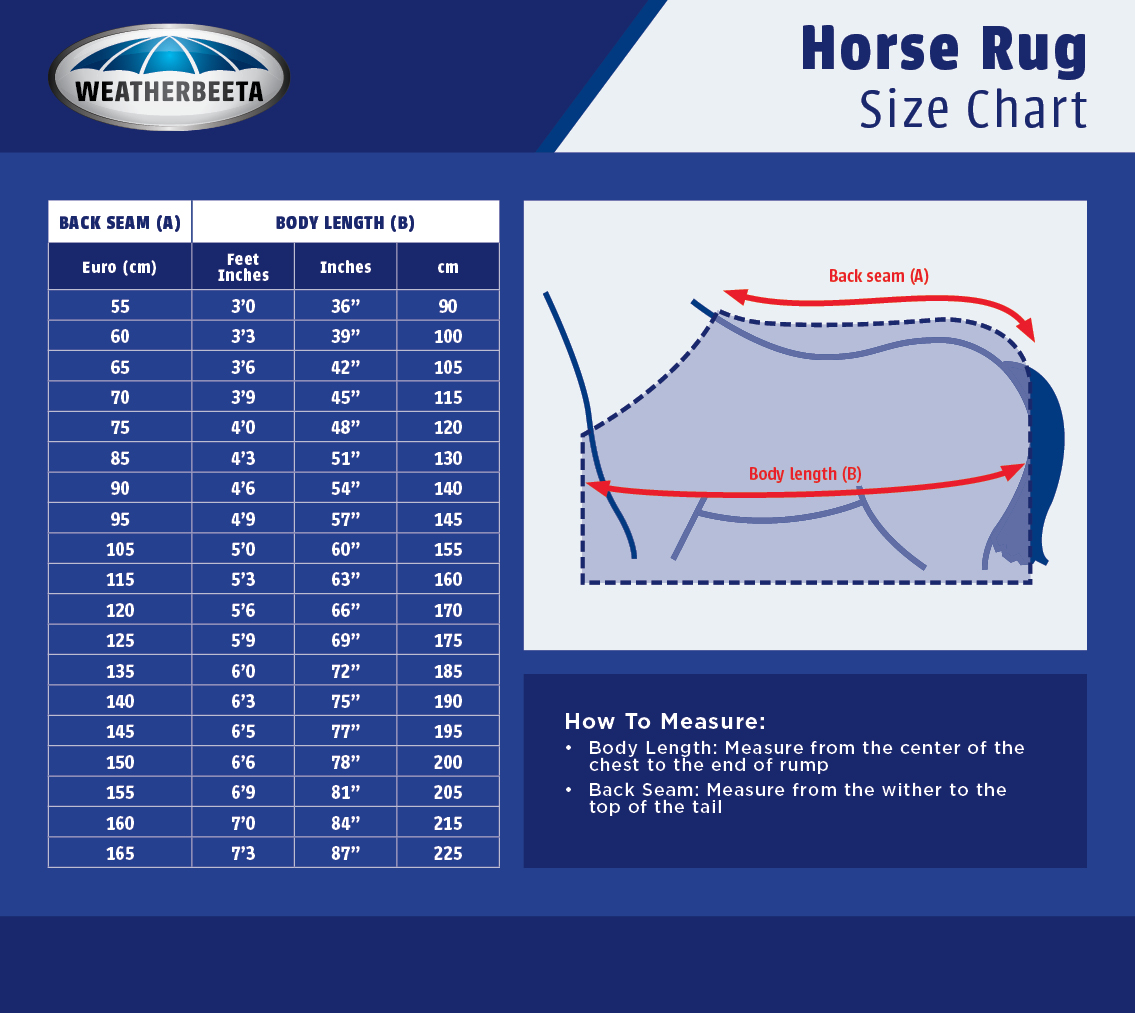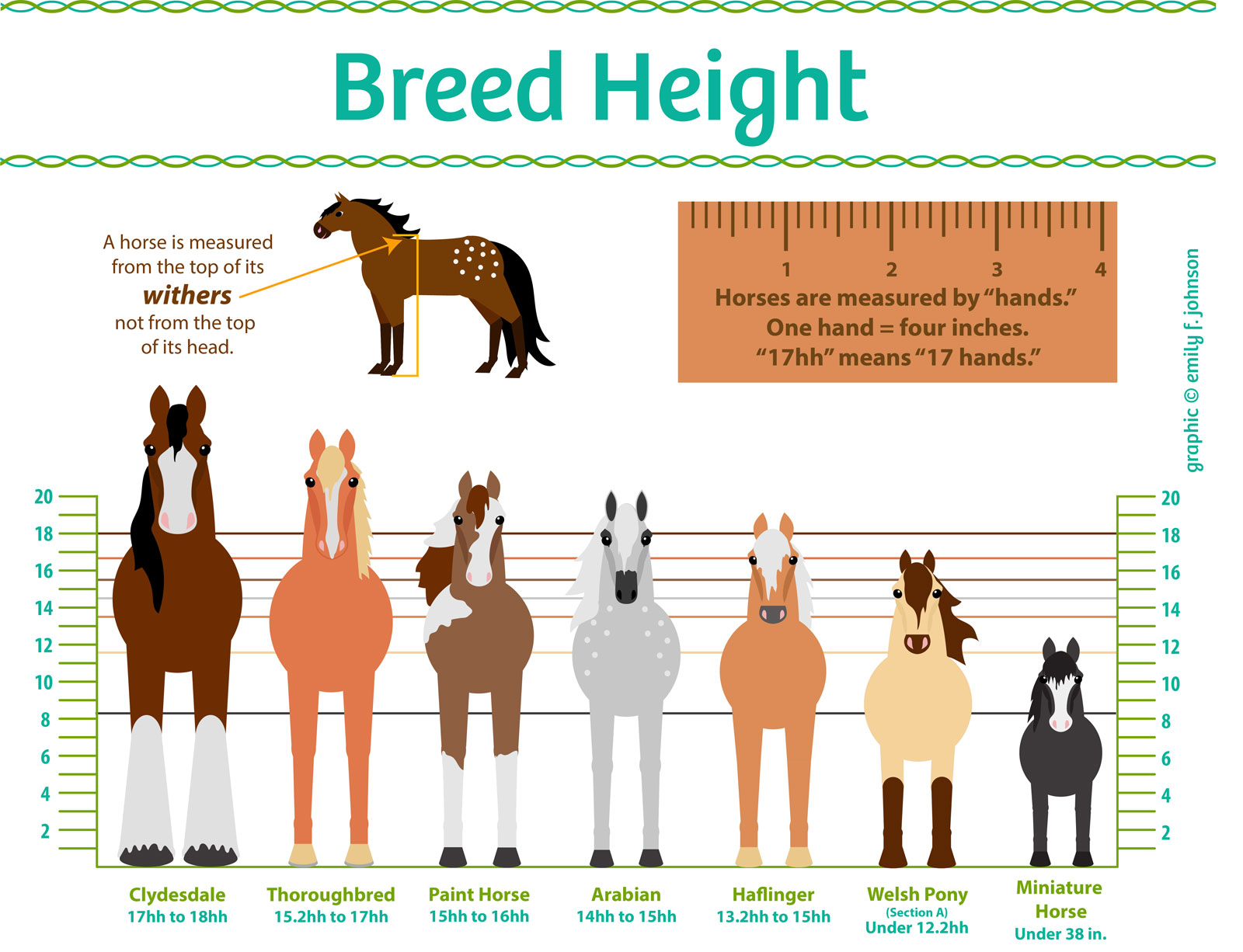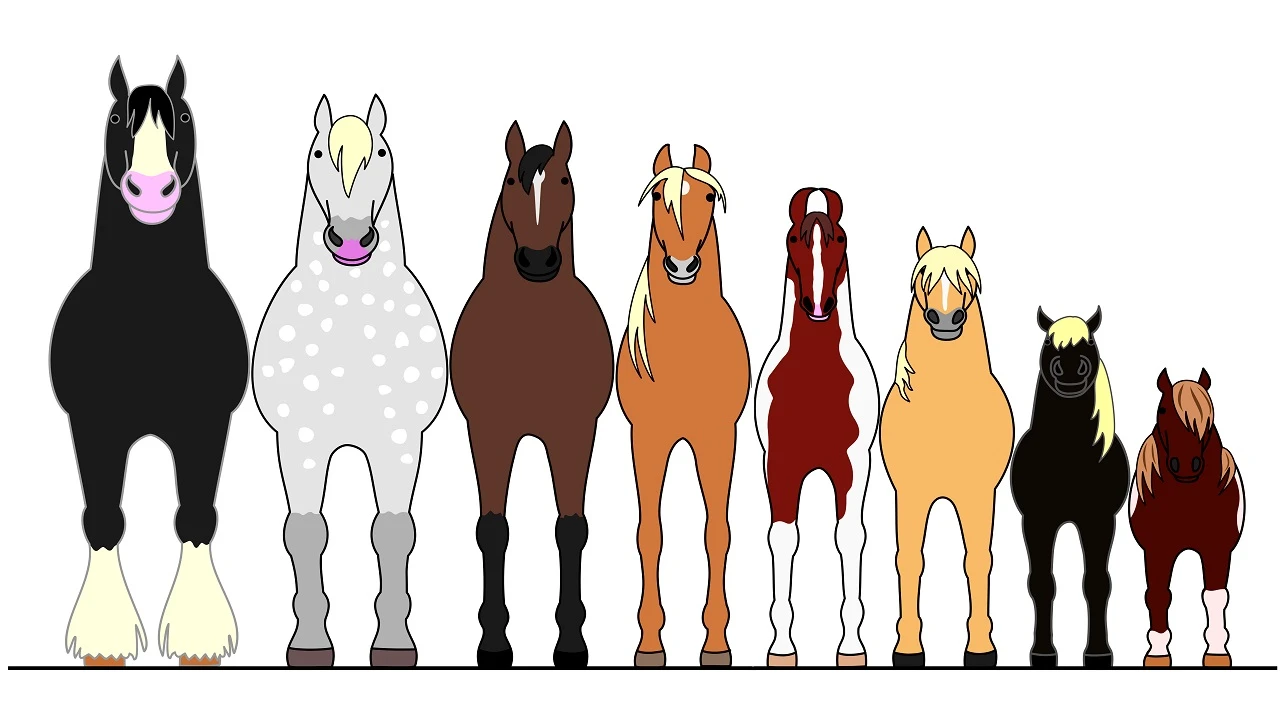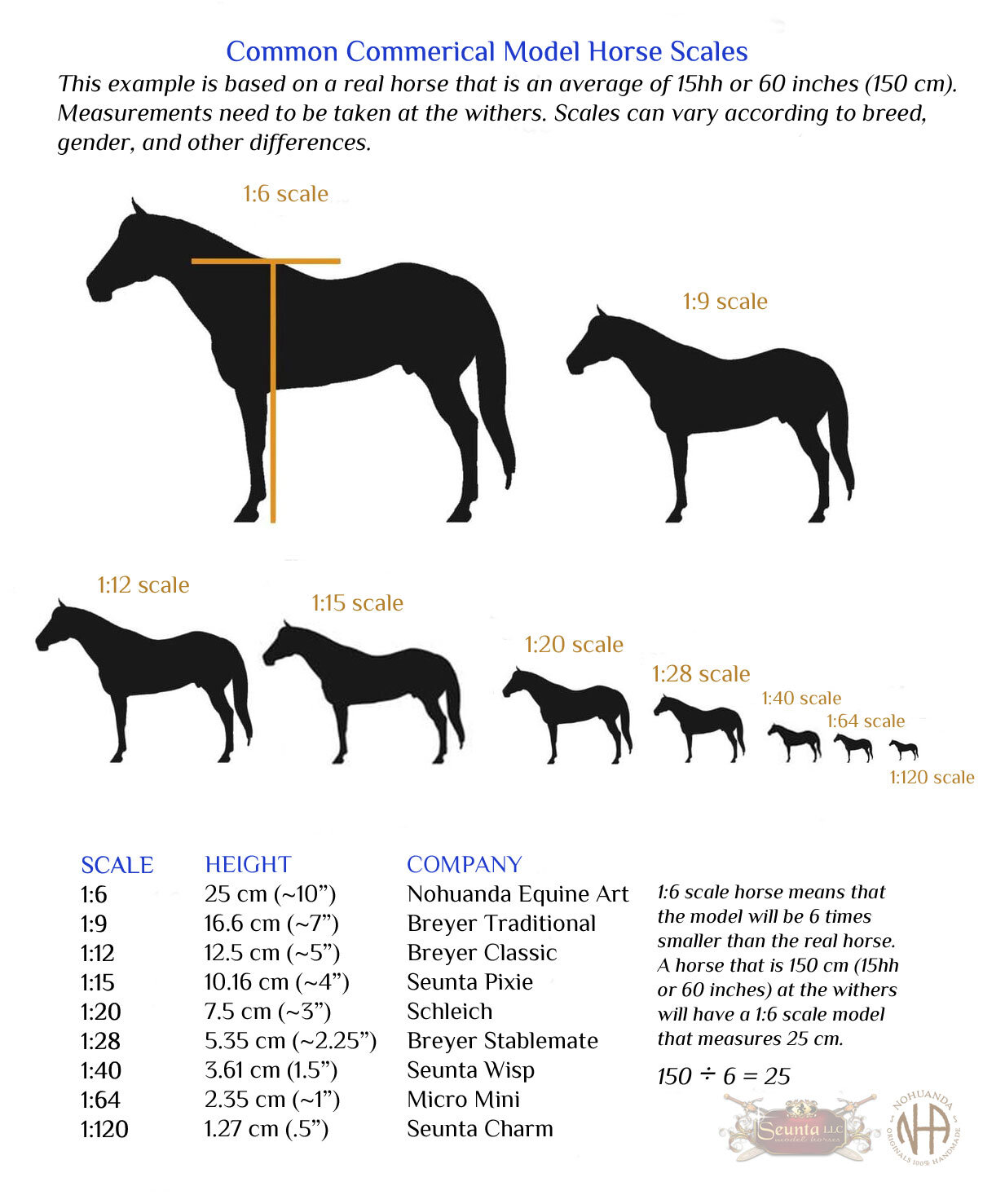Finding the right fit for your equine companion is crucial, and understanding the horse blanket sizing guide is the first step. A well-fitted blanket offers comfort, protection, and warmth, especially during the colder months or inclement weather. The guide is a comprehensive tool that can help horse owners make informed decisions when selecting a blanket that will fit their horse’s unique body shape.
Importance of Proper Fit Horse Blanket
A proper fit horse blanket is essential for several reasons. It prevents the risk of rubbing and chafing, which can lead to sores and discomfort. It also ensures that the blanket stays in place, avoiding dangerous entanglements or the blanket slipping off. A snug fit maintains the animal’s warmth and allows for freedom of movement, whether the horse is in the stable or out in the field.
Horse Blanket Measurement Chart Explained
The horse blanket measurement chart is a valuable reference that provides standardized sizing based on horse measurements. It typically includes sizes in inches and centimeters, correlating to different horse breeds and builds. The chart guides you on the length from the chest to the rear of the animal, which is the primary measurement needed for a correct fit.
How to Measure Horse for Blanket

When the time comes to measure horse for blanket, it’s a straightforward process that requires just a little preparation and understanding of the key areas to measure. Accurate measurements ensure comfort and protection for your horse throughout the wearing period of the blanket.
Tools You’ll Need: Measuring Tape for Horse Blankets
- A flexible measuring tape for horse blankets is the most important tool you’ll need. It should be soft so it can conform to the horse’s body.
- Having an assistant can be very helpful to hold the horse still and assist in taking the measurements.
Step-by-Step Equestrian Blanket Measurement
To embark on equestrian blanket measurement, follow these steps:
- Ensure the horse is standing square and on a level surface.
- Place the end of the measuring tape at the center point of the chest.
- Extend the tape along the side of the horse, following the body contour to the rear edge where you expect the blanket to end.
- Note the measurement in inches to match with the sizing chart.
Understanding Horse Turnout Blanket Size

With the measurements in hand, you can now delve into comprehending the horse turnout blanket size. This knowledge will help in selecting the appropriate blanket for your horse’s outdoor activities.
Differences Between Turnout and Stable Blankets
Turnout blankets are designed for horses that spend time outdoors. They are generally waterproof and durable to withstand the elements. On the contrary, stable blankets are intended for indoor use, offering warmth without the added weatherproof features.
Winter Horse Blanket Fit Considerations
During winter, the horse blanket fit becomes even more critical to ensure your horse is warm and comfortable. Consider the thickness and fill of the blanket for added insulation, and ensure that the fit allows for any additional layers that might be worn underneath.
How to Size a Horse Blanket

Now that you have the correct measurements and understand the different types of blankets, how to size a horse blanket becomes a simpler task. A correctly sized blanket will cover your horse from chest to tail without excess material that can cause tripping or entanglement.
Fitting the Front Closure
The blanket should fasten at the front without pinching. The closures should allow for some adjustability to accommodate your horse’s movements and any additional layering.
Checking for Proper Length and Drop
Assess the length of the blanket to ensure it covers the horse’s body adequately, from the front to the back. The drop refers to the distance the blanket hangs down from the top line to the bottom edge, and it should be long enough to protect the horse’s sides without being so long that it impedes movement.
Ensuring a Secure Horse Blanket Fit

A secure horse blanket fit is vital for your horse’s comfort and safety. The blanket should stay in place, provide freedom of movement, and offer the necessary protection from the weather.
Adjusting Straps for Optimal Fit
Adjust the surcingles and leg straps to achieve a snug fit. They should allow for a hand’s width between the straps and the horse’s body to avoid rubbing while ensuring the blanket does not shift.
Identifying Signs of an Ill-Fitting Blanket
Be on the lookout for signs of an ill-fitting blanket, such as uneven wear marks, hair loss, or skin irritations. These are indicators that the blanket may be too tight, too loose, or incorrectly positioned.
Tips for Blanket Maintenance and Storage

Proper maintenance and storage of your horse’s blanket will extend its life and ensure it’s ready for use when needed.
Cleaning Your Horse Blanket
Cleaning your horse blanket regularly will remove dirt, sweat, and bacteria. Follow the manufacturer’s instructions for washing, and ensure the blanket is thoroughly dried before storage or use.
When it comes to horse care, getting the right fit for your horse’s gear is essential, whether it’s for comfort, safety, or health. If you’re looking for guidance on how to measure for a horse blanket, you’ve come to the right place. But that’s not all — ensuring a proper fit for all your horse’s equipment is crucial. You may also be interested in learning about the specifics of washing your steed with our guide on how to wash a horse. Additionally, to prevent any discomfort or control issues, our detailed articles on how to measure a horse for a halter and how to measure a horse for a bridle are invaluable resources for horse owners. Each piece is designed to help you ensure the best care for your equine companion.
Storing Blankets Off-Season
When it’s time to store blankets off-season, choose a dry and well-ventilated area. Fold the blanket neatly and place it in a breathable storage bag to protect it from dust and pests.
By ensuring the correct horse blanket sizing and maintaining the blanket’s condition, your horse will stay comfortable and protected no matter the weather. Remember to revisit the fit annually, as changes in your horse’s body may necessitate adjustments or a new blanket.



